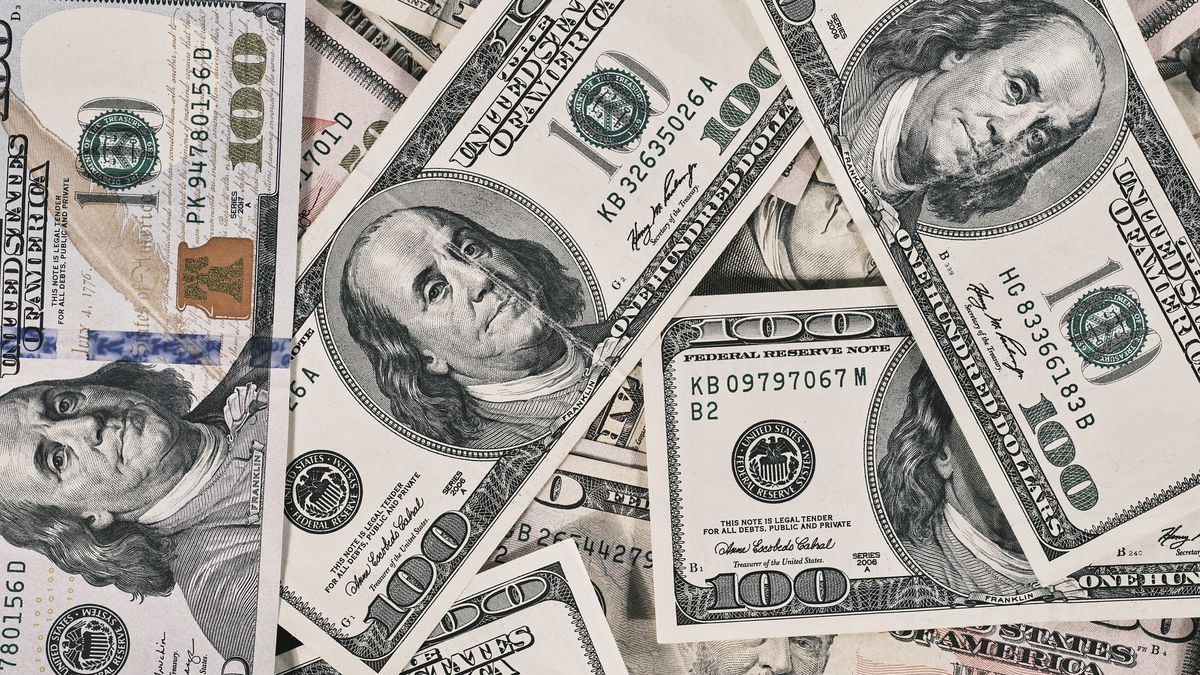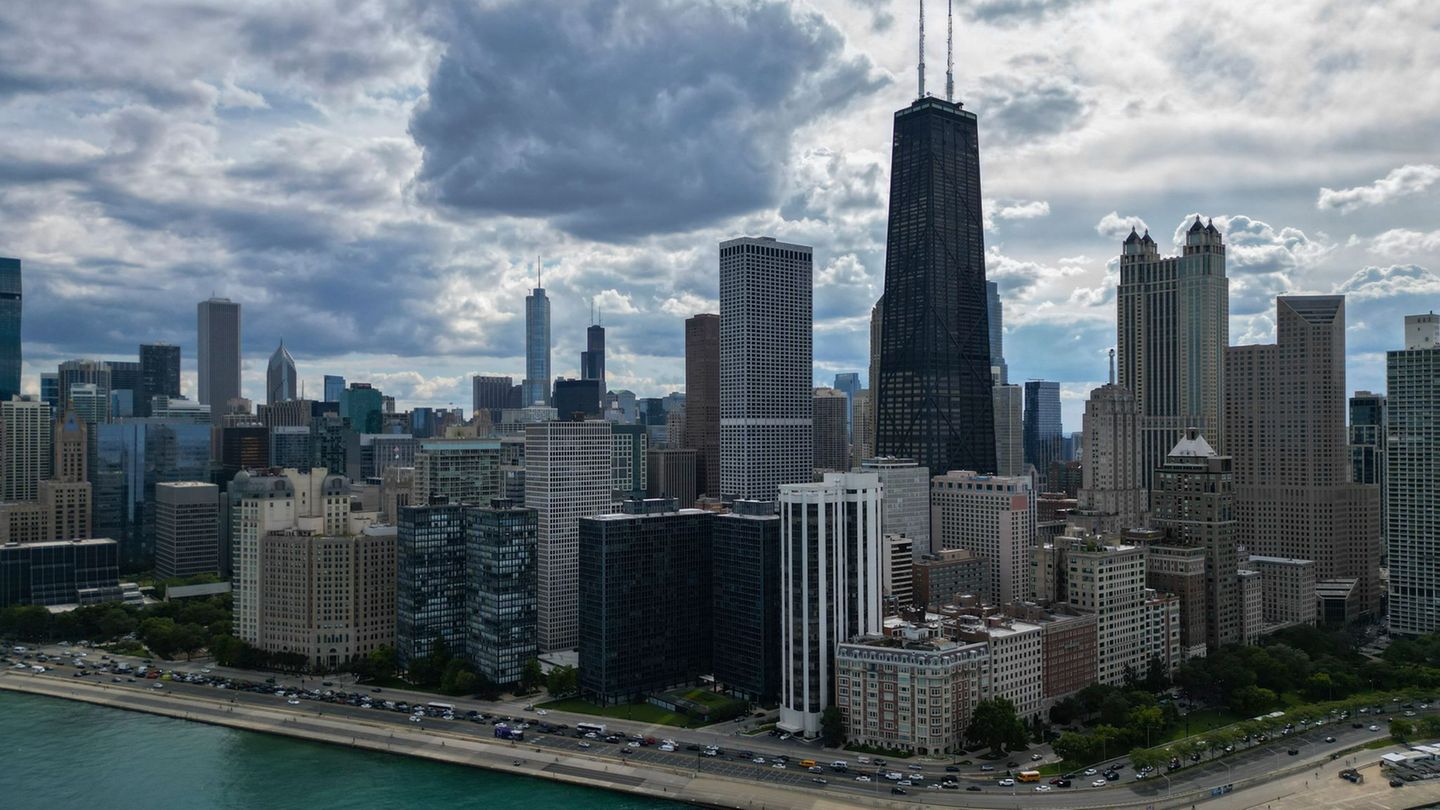For its part, the MEP or Stock Market -also valued with the Global 2030- fell 0.4% to $190.41for which the gap drops to 69.1%.
In this way, stock prices are below the solidarity (the dollar that most retail savers can buy) for the ninth consecutive day.
The calm of the financial dollars occurs in a context of acceleration in the official devaluation rate, which even so continues to run behind inflation and interest rates in pesos.
This Wednesday the INDEC will release the inflation data for March, which the private sector estimated at 55%, according to the latest Survey of Market Expectations (REM) carried out by the BCRA.
“Given a high inflation figure, the Central is expected to continue accelerating the rate of devaluation even more, and even increase the reference interest rate,” said Research for Trades.
Faced with the acceleration in price increases, investments in bills and bonds in local currency that are adjusted for inflation are becoming more attractive.
Market sources assured Ámbito that, within this framework, there is a significant inflow of dollars from “big” investment funds. This is reflected, they argued, in that the price of the dollar in the Stock Exchange that arises from bilateral negotiations (SENEBI) operates below the price on the screen (PPT).
“The market is going to pay attention to the inflation data to be released this week, where some estimates indicate that the CPI for March is close to 6%. If so, the inflation for the first quarter would be more than 15%, the most registered since 1991”, highlighted Roberto Geretto of Fundcorp.
“There are many factors behind this bad number, such as the acceleration of the official dollar, monetary expansion and some occasional rises,” he added.
For its part, from the stock market company Portfolio Persona Inversiones, they remarked that “investors are betting on the rate in pesos, that is, they dismantle their positions in dollars and switch to pesos, looking for a rate, to later repurchase those dollars.” .
official dollar
In the official exchange market, the wholesale dollar climbed 42 cents compared to last Friday, offsetting the weekend’s inactivity, to end the session at $112.58.
It is worth remembering that the BCRA has just validated the highest rate of weekly devaluation since October 2020. * “The BCRA accelerates, but fails to reinforce the level of purchases in the single and free exchange market,” said the StoneX brokerage, showing certain concern about the scant accumulation of reserves that the monetary authority has been achieving, at a time when more dollars usually come in for the heavy harvest of soybeans and corn.
The BCRA was able to end its intervention with a positive balance of US$7 millionfor which he accumulated five days in a row without currency sales, although a better result is expected for the remainder of the month.
The blue dollar falls this Monday, April 11, 2022, reaching its lowest value since October, according to a survey by Ámbito in the Black Market of Currencies.
The bill drops $1.50, bringing the gap with the official wholesale dollar to 73%.
On Friday, the informal dollar had rebounded 50 cents to $196.50, for the first time in seven rounds, before which it closed for the fifth consecutive day below $200. However, throughout the past week, the informal dollar accumulated a drop of $3.50, the third in a row.
Source: Ambito
David William is a talented author who has made a name for himself in the world of writing. He is a professional author who writes on a wide range of topics, from general interest to opinion news. David is currently working as a writer at 24 hours worlds where he brings his unique perspective and in-depth research to his articles, making them both informative and engaging.




